Character Customization and You
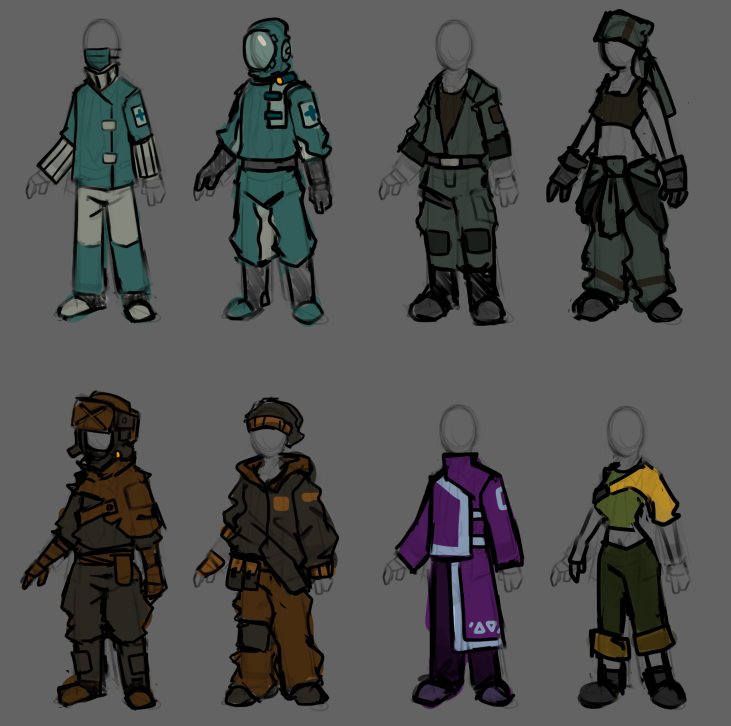
Hey guys.
It’s time for another dev log. Usually I use these to give you an overview of the progress made over the last two weeks. This time I’d like to do something a bit different and take a deep dive into one aspect of the game in particular.
One of our major goals for Ascent of Ashes is to make sure each survivor feels like a unique character with their own distinct personality. This is easier said than done, seeing as we’re generating them procedurally for each game, rather than writing stock characters by hand.
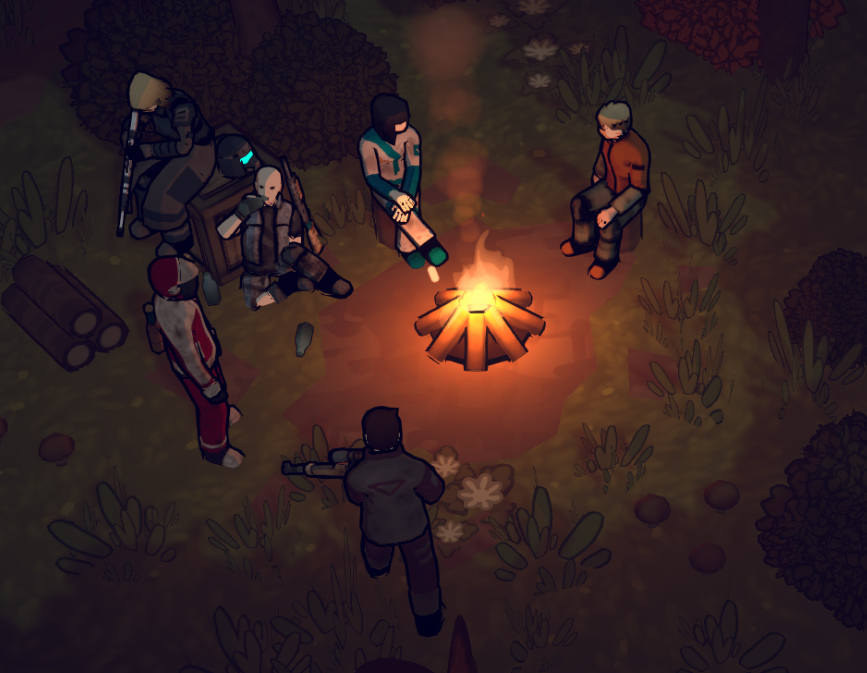
To be memorable, characters need to distinguish themselves in ways that matter to the player, meaning they must be different in how they interact with the gameplay mechanics. Looking at XCOM for example, many people have tales about a rookie who took down a sectopod with a clutch critical hit, or a sniper who always missed their shot when it really counted.
The other requirement for characters to feel distinct is for players to be able to distinguish them in the first place. An RTS game might have one particular unit perform great acts of heroism, but it’s hard to tell when it looks exactly the same as every other unit.
That is why we’ve put a good amount of thought into how we can make sure that players can tell apart who is who during base management and combat. “But Max,” I hear you say, “survivors all have individual names, isn’t that enough to tell them apart?” This is technically correct, a name does allow telling one survivor apart from another. The problem however, is that text is a poor way of conveying information.
When you see letters on a screen, your brain has to work overtime to identify them as letters, parse them, then combine them into a word that has some meaning associated in your memory. According to studies this process takes as much as 60.000 times as long versus processing visual information like images. What we need is a way for players to look at a survivor and immediately tell who they are, without reading their nameplate.
In real life, we can tell people apart by their individual facial features, hairstyle, skin color, and so on. The problem is that our art style has facial features largely abstracted and even if they weren’t, you spend most of the play time in a zoomed out camera perspective where any such details disappear. Hairstyle and other body features are largely covered up by clothing. Therefore, if we want to make characters look unique, their clothing is precisely what we need to work on.
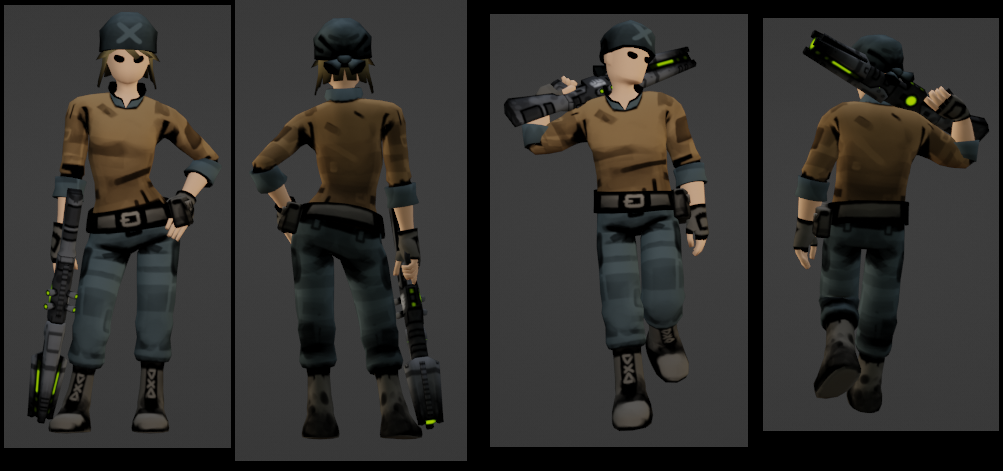
Making unique and good-looking clothing is not as simple as you might think however. For starters, we still have the issue of the zoomed out camera. That means that minor details quickly fade away into noise. Our clothing designs must therefore use fairly large details and accessories that players can still see from their bird’s eye view.
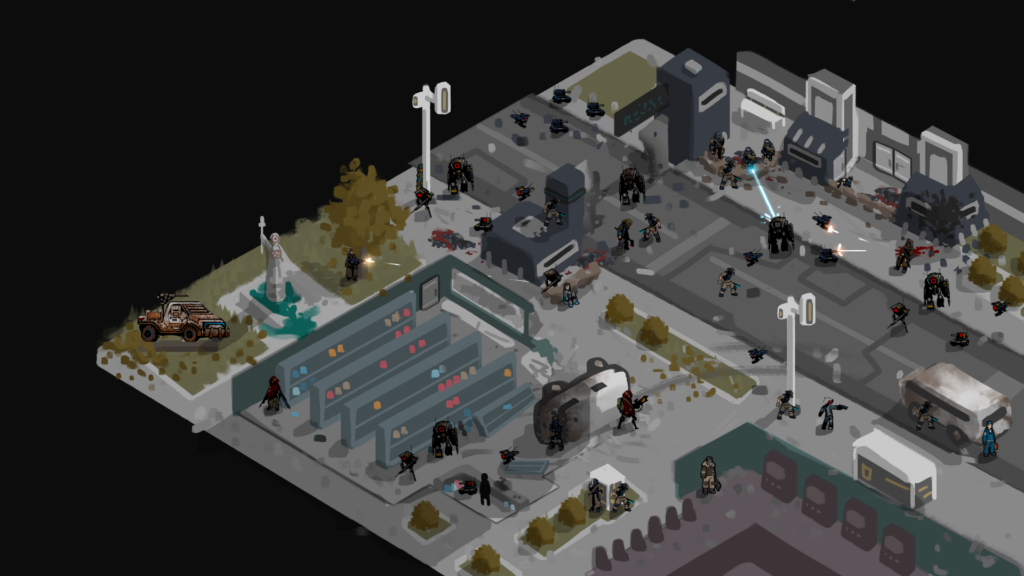
Another problem is build optimization. Since different apparel items provide various stats and benefits to your survivors, players will generally try to equip whatever is the most optimal for their situation, or the most convenient. RimWorld for example has players setting up crafting bills for long-sleeved shirts or t-shirts depending on climate, with one particular cloth that is in ample supply, and before long everyone is running around in identical uniforms.
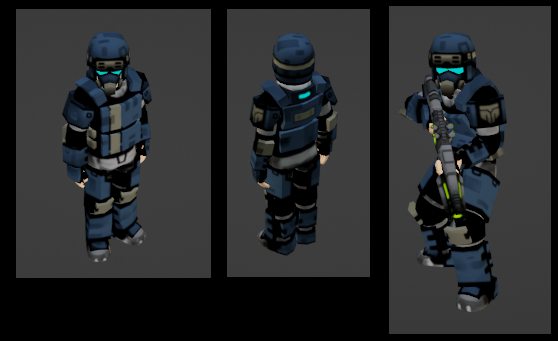
Our solution to these problems is to keep the actual gameplay apparel fairly high-level and generic, while providing a way to customize each survivor’s individual appearance: by interacting with a wardrobe, you can bring up a customization menu where you can define which visual variant and color tints you want for each individual survivor.
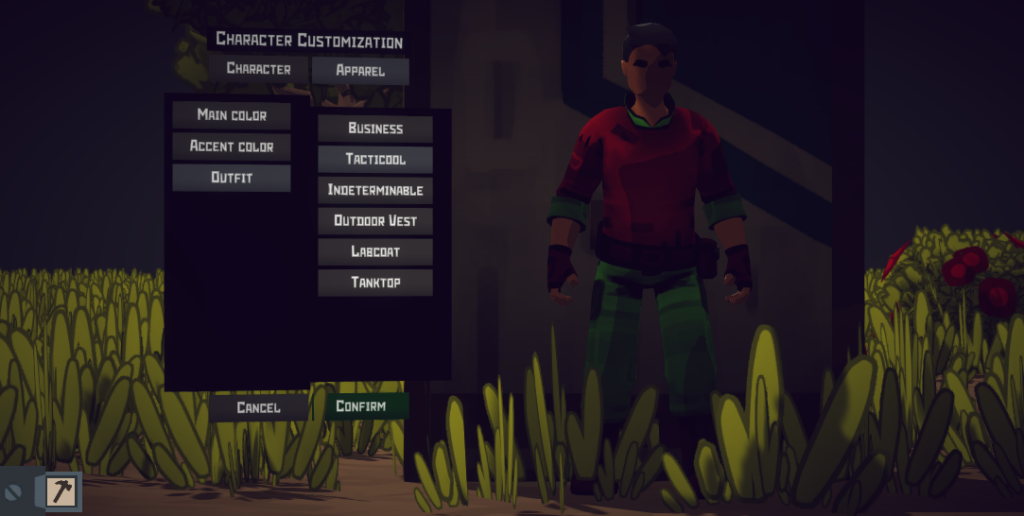
While the variant gives you a unique look and indicates which type of apparel item your survivor is wearing, the primary and accent colors create consistency between different outfits. Even if you swap out one apparel for another, you’ll still be able to identify your survivor by their unique color combo.
With this system in place, you’ll be able to tell exactly who it was that turned a losing fight around with a clutch shot, who is always lounging around the rec room, and who turned an entire faction hostile with a botched attempt at diplomacy.
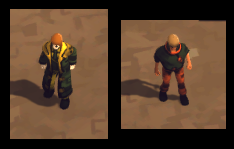
And if you don’t feel like customizing everyone by hand we have you covered as well: by default everyone generates with a random combination of colors and variants, so you don’t need to dive in if you don’t want to.
This about wraps up the apparel system for now. We hope you enjoyed this look into the kind of things that factor into our design process, more to come soon.
Until next time, stay safe and keep surviving.